Restoration vs Renovation??
sammie070502
17 years ago
Related Stories
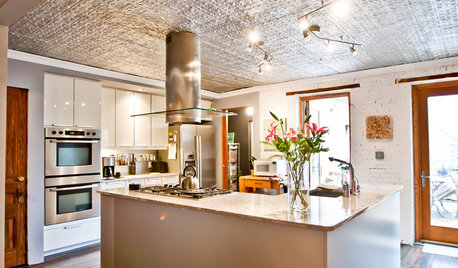
HOUZZ TOURSMy Houzz: Artful Restoration for a Brooklyn Brownstone
Historic detail balances with modern finishes and furnishings in this thoughtfully renovated, art-filled home
Full Story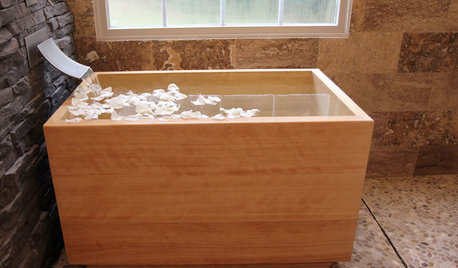
BATHTUBSRoom of the Day: Restorative Power of a Japanese Soaking Tub
A traditional tub made of hinoki wood sets a calming tone in this master bath renovation
Full Story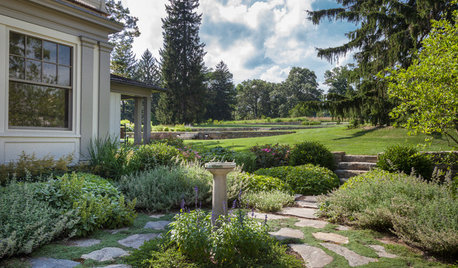
TRADITIONAL HOMESHouzz Tour: Connecticut Farm Restored for Generations to Come
A man renovates his extended family’s stately farmhouse and land. Sustainable practices are used in gardens, wetlands and recreation areas
Full Story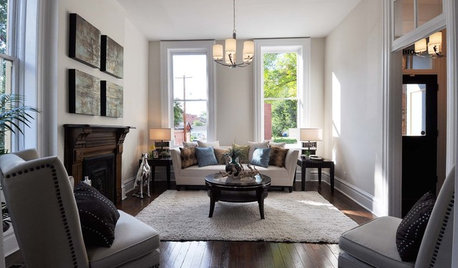
HOUZZ TOURSHouzz Tour: Restoration Revives a Historic Italianate Home
Painstaking work on a 3-bedroom in St. Louis results in a home that marries modern conveniences and respect for the past
Full Story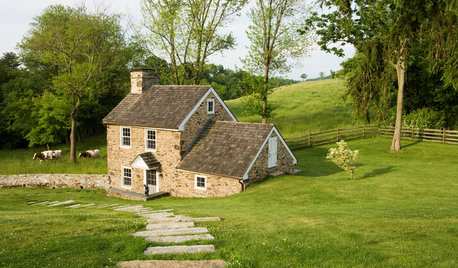
BEFORE AND AFTERSRestoration Rallies a 1790 Stone Springhouse
An old outbuilding gets a new purpose — several purposes, that is — thanks to careful efforts by stonemasons and architects
Full Story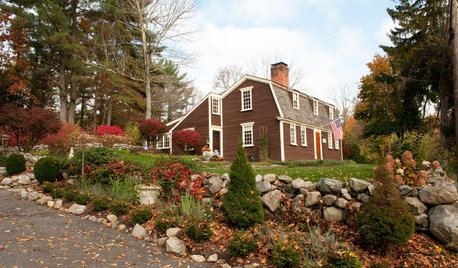
TRADITIONAL HOMESMy Houzz: Loving Efforts Restore a 1787 Farmhouse
Careful attention to original details preserves and revives a vacant New England home with a considerable history
Full Story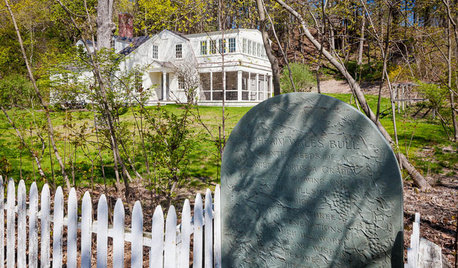
TRADITIONAL HOMESHouzz Tour: Historic Concord Grapevine Cottage’s Charms Restored
This famous property had fallen on hard times, but passionate homeowners lovingly brought it back
Full Story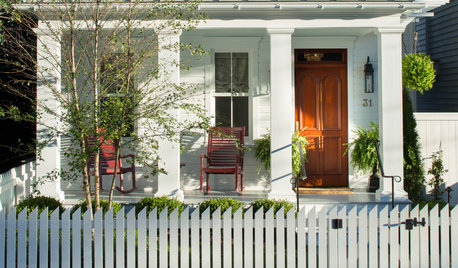
TRADITIONAL HOMESHouzz Tour: Historic Charm Restored to a Dilapidated Coastal Home
Along the waterfront in Annapolis, Maryland, a couple gain space but preserve their 1800s home’s period looks
Full Story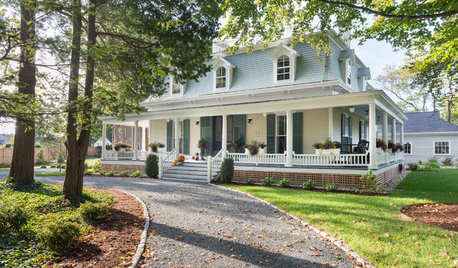
TRADITIONAL HOMESHouzz Tour: Pride Restored to a Historic Rhode Island Home
Designers spruce up Narragansett’s first summer cottage while adapting the Victorian-era home for modern living
Full Story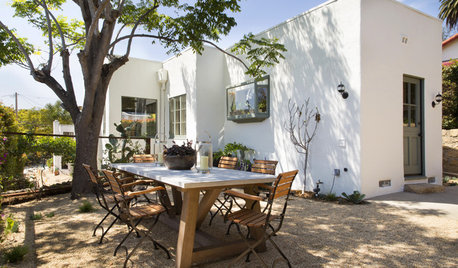
MEDITERRANEAN STYLEHouzz Tour: Beauty Restored to a 1930s Spanish Colonial Revival Home
Original details have been painstakingly preserved or reproduced in this Santa Barbara home
Full StoryMore Discussions






zzepherdogg
sammie070502Original Author
Related Professionals
Clark Landscape Architects & Landscape Designers · Suffern Landscape Architects & Landscape Designers · Arlington Landscape Contractors · Burien Landscape Contractors · Fort Worth Landscape Contractors · Merced Landscape Contractors · Streamwood Landscape Contractors · Woodburn Landscape Contractors · Lenoir Siding & Exteriors · South Plainfield Siding & Exteriors · Belleville General Contractors · Converse General Contractors · Keene General Contractors · Selma General Contractors · Summit General Contractorsfescuedream
annieinaustin
harleylady
sammie070502Original Author
luseal
laurakay
harleylady
muddywellies_uk